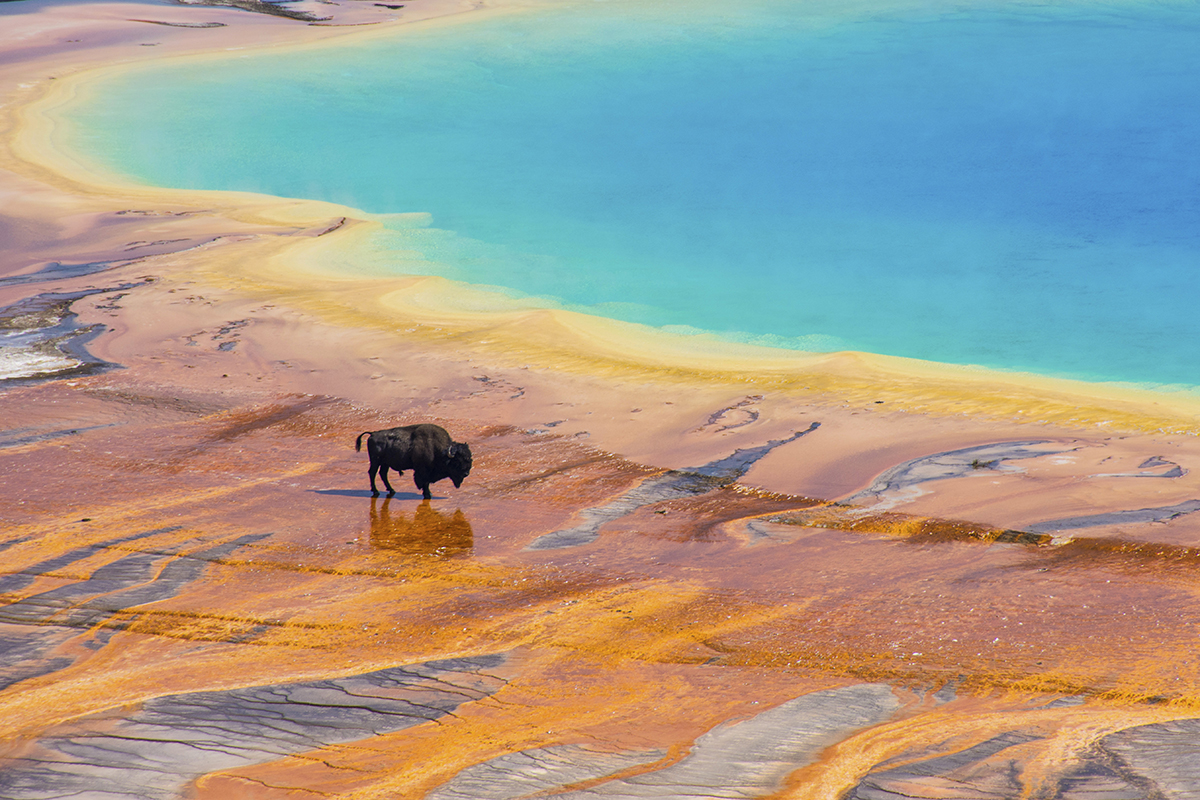Every morning for five months of the year, large numbers of native animals gather in Yellowstone National Park’s Lamar Valley. These migratory creatures are among the most perplexing, colorful, numerous, and potentially troublesome beings in North America. As the day advances, they congregate alongside the park road, clustering in dense knots, constantly scoping their surroundings and grazing. ...
On doughnuts and coffee.










